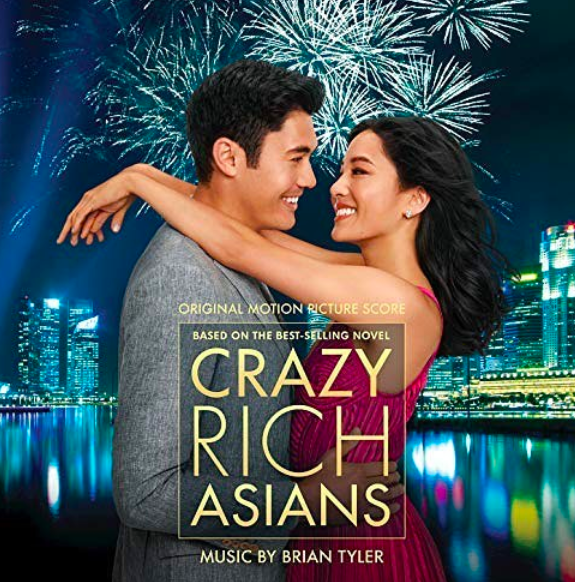Singapore has an international reputation for being an exceedingly rich country. With movies like “Crazy Rich Asians” and gleaming skyscrapers, this wealthy city-state persona is cemented. Indeed, it has been reported that while the number of very rich people around the globe dropped by 3.8 per cent in 2022, Singapore has bucked that trend with a 6.9 per cent increase in the number of ultra-high-net-worth individuals (UHNWIs) in the country.


Yup, you heard right. Singapore’s percentage of UHNWIs is higher than the global average! While there is nothing wrong with being rich per se, it is important to recognise that the presence of UHNWIs does not translate to the general wealth of the average Joe. For example, the general populace could live in abject poverty despite a high percentage of UHNWIs in a given country. Many developing nations where people live below the bread line have ultra-rich people who live in a parallel universe.
Singapore is not a third-world country; in general, most of its citizens live fairly middle classed lives. That said, it is important not to misguidedly assume that the presence of UHNWIs means that all Singaporeans are rich.
Contrast this growth of UHNWIs in Singapore with the elderly people doing manual labour well past retirement age in Singapore, which is sadly not uncommon. Compare the rise of the ultra-rich with the blue-collar workers who aren’t even protected by minimum wage legislation. What impression this comparison gives is widening income inequality as opposed to a country where everyone is rich.
In a May 23 (Tuesday) Facebook post, Workers’ Party MP Jamus Lim (Sengkang GRC) made the case again for establishing a poverty line. He said it would be a helpful tool in evaluating poverty in Singapore so that those in need of more support could receive it.


“How can we say we’re successful in targeting poverty or not if we don’t have the most basic of indicators for evaluating it?” he wrote.
The Sengkang MP points out that we may not even have an objective marker for poverty in Singapore. In other words, we don’t even know who is poor! Given that we have markers and measures for what constitutes UHNWI, it seems odd that we don’t have a similar marker for what constitutes poverty.
Surely, to genuinely measure the quality of life in a given country, we need to be able to track both the very rich and the very poor. That way, we can better ascertain how best to create fairness. Fairness is essential for a stable society, something we all want.
In the words of Assoc Professor Lim: “Perhaps the strongest argument one could make for helping the poor is that it is a moral imperative. Not everyone is blessed with the same gifts. In a meritocracy, those who are endowed with more naturally get more, but what sort of society would we become if we aren’t inclined to share?”
Hence the need for an official national poverty line, which would establish who would need more support. Assoc Prof Lim added, “I find it crazy that we don’t have one. Such a line is standard worldwide, in countries rich and poor.”
Singapore is expected to be in 3rd and 5th place in the league table of per capita incomes worldwide. And in this climate, what should be the poverty line?
Some have opined that the poverty line should be set at $2,500 a month at least, but this figure could go as high as $6,400 to include “items that many would consider needs in an advanced economy”.
Bear in mind that authorities have so far refused to impose the minimum wage of $1300 proposed by the WP. The $1300 figure is nearly half of the suggested poverty line. Is the mindset difference that dire? And is this symptomatic of the divide between the governing classes of Singapore and its average citizens? How do we bridge that gap for the good of all?
Perhaps a good way to start is to recognise and acknowledge that there is a gap in the first place. Are those in power willing to take that step?
In life, we all wish to thrive, and in that vein, what is necessary for living isn’t just the minimum amount needed to grind it out. As Assoc Prof Lim points out: “It’s the least needed to not just exist, but truly live; humans need a reason to flourish—otherwise, what’s the point of living in the world’s 3rd richest country?”
In this backdrop, news has also broken about how two People’s Action Party (PAP) ministers have rented 26 and 31 Ridout Road, properties whose rents are reportedly between $60,000 to $150,000 and more per month. According to the Public Service Commission, as of 2023, the benchmark level of a minister’s monthly salary stands at S$55,000, working out to an annual salary of S$1.1 million, leading to some uncomfortable questions and speculation.
This seems to be the prickly stage set for the rumoured upcoming election.
Going back to the drawing board, what do Singaporeans want?

